In the summer of 1912, self-proclaimed clairvoyant Mme. Nina Lester arrived in Asheville for a brief stint. By late July she would flee the city with hundreds of dollars worth of stolen jewelry.
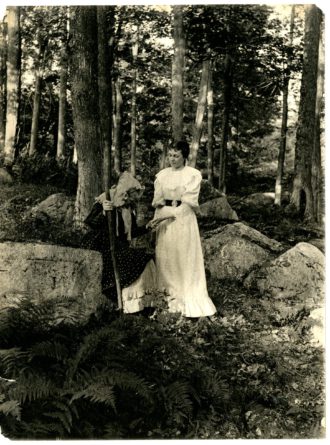

In the summer of 1912, self-proclaimed clairvoyant Mme. Nina Lester arrived in Asheville for a brief stint. By late July she would flee the city with hundreds of dollars worth of stolen jewelry.
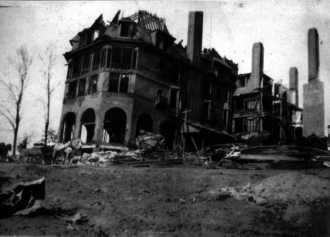
In the fall of 1923, a demolition crew began tearing down the original Battery Park. Later that year, flames would consume parts of the remaining property.
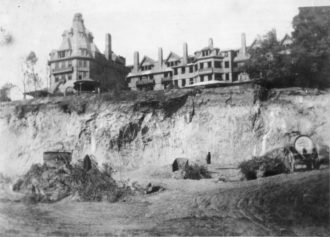
In the final months of 1922, news spread that E.W. Grove had plans to raze the original Battery Park Hotel and demolish the hill it stood atop. Not everyone was on board with the plan.

On Tuesday, Sept. 25, historian and author Christopher Arris Oakley will discuss his latest book, New South Indians: Tribal Economics and the Eastern Band of Cherokee in the Twentieth Century at UNCA.

In June 1902, North Carolina Sen. Jeter Conley Pritchard invited President Theodore Roosevelt to join him on a bear hunt in the western part of the state. The possible expedition created all sorts of commentary in the local papers.
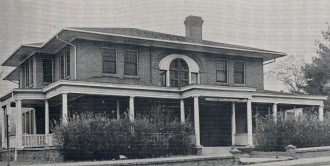
In 1941, two years before the Asheville Colored Hospital opened, Asheville’s African-American population numbered 14,500. At the time, the segregated city only had 21 hospital beds available for the entire African-American community.
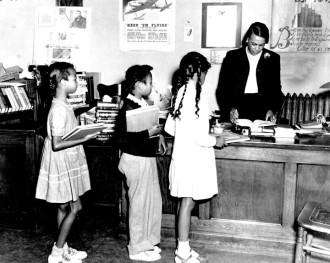
On April 7, 1927, Asheville’s Colored Library opened inside the YMI Building.

Students and scholars from Asheville, as well as representatives of several religious organizations here, are among those who have traveled to the National Memorial for Peace in Justice in Montgomery. The 6-acre site houses more than 800 monuments the organization has created, each indicating a county where racial terror lynchings occurred, including Buncombe.
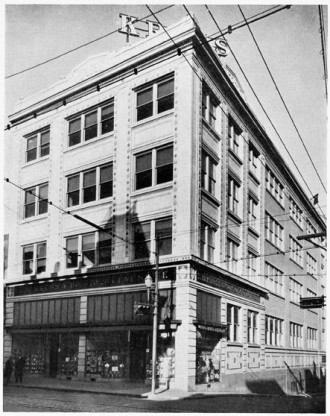
A 1926 debate over traffic jams nearly caused a roadblock in the construction of the Kress building at 19 Patton Ave.
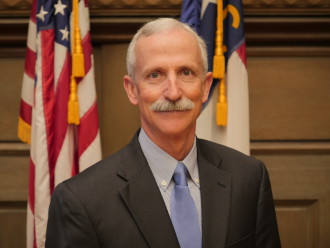
As Asheville gears up to begin a new chapter in its administration, Xpress asks what lessons, if any, can be learned from Jackson’s time as the city’s top employee. But given the reluctance of so many current and former city officials to discuss either Jackson’s firing or his legacy, any final assessment of this recent history may have to wait.
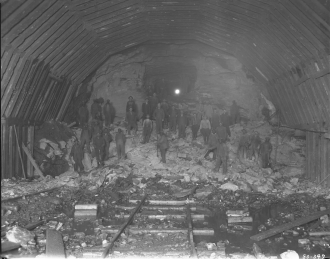
In May 1927, work officially began on Beaucatcher Tunnel. Controversy and catastrophe would haunt the two-year project.
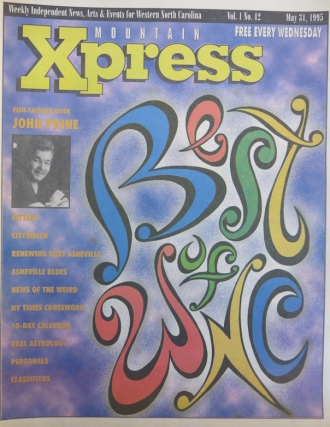
Voting for the inaugural Best Of began in April 1995. Winners were announced the following month.

On Saturday, Aug. 11, Ben Steere will present The Archaeology of Mounds & Towns at the Reuter Center at UNC Asheville.

Forget historic names and dates, this week we’re bringing you the smell of our city’s past.

Prior to the formation of the Asheville Fire Department in 1882, residents and business owners had only themselves and their neighbors to rely on.
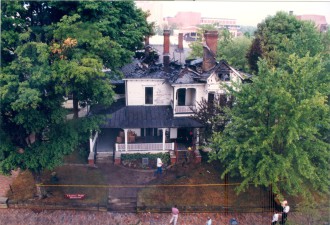
July marks the 20-year anniversary of the unsolved arson that nearly destroyed one of Asheville’s historic landmarks.
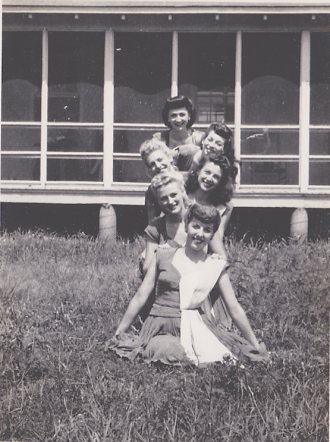
In 1998, freelance writer Emily Capps was antiquing in Atlanta when she came across a pair of boxes.
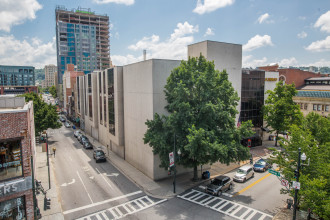
Local architects, preservationists and city officials discuss the evolving look of downtown Asheville.

Immigration at the turn of the century spurred debate over policy, as well as the country’s future.
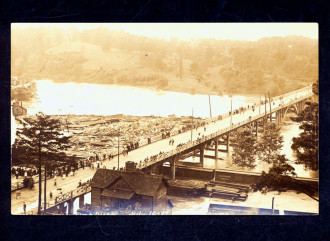
In the immediate aftermath of the 1916 flood, the city of Asheville quickly united in its efforts to help rebuild and find temporary housing for those who lost their homes. Yet amid this goodwill, a battle brewed between some residents and local news publications.

It’s not often that two men, unrelated, share both a name and a profession. But this was the case for writers Thomas Wolfe.